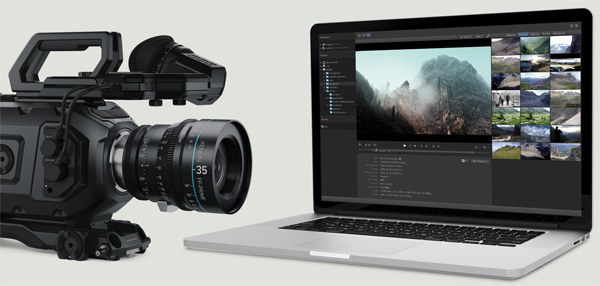Mar 08, 2016 This in turn will generate the desired “Mach-O 64-bit executable x8664”. The file will look something like: a.out (“The file is called ‘a’ because it is the default name if given no parameters for such”). Now you can take this “a.out” file and rename it to whatever you want your command to be when you are calling it from terminal. Select the File Sharing checkbox. To select a specific folder to share, click the Add button at the bottom of the Shared Folders list, locate the folder, select it, then click Add. The Public folder of each user with an account on your Mac is shared automatically.

Sharing Files
To enable File Sharing on your Mac, open the Sharing pane of System Preferences and select the option for File Sharing. Windows computers and Macs can then see your computer on the local network.
When you connect from a Mac using OS X Mavericks or OS X Yosemite to another computer using file sharing, your Mac automatically tries to use the Service Message Block (SMB) protocol to communicate. If SMB is not available, it tries to connect using Apple File Protocol (AFP).
To connect to a Mac or Windows computer that is sharing files on your local network, look under the Shared section of any Finder window.
You can also access local file shares from Open and Save windows and sheets.
To connect to a file server directly, use the Connect To Server feature of the Finder. Select Go > Connect To, and enter a URL, IP address or DNS name.
You can attempt to force a specific connection protocol (such as SMB or AFP) by using a valid URL. As long as the server you are connecting to allows the protocol you specify, the URL should work.
Advanced Options
If you want to limit which protocols can be used to connect to your computer using File Sharing, click the Advanced Options button in the Sharing pane. You can then select which protocols are used by your Mac. By default, OS X Mavericks and later automatically enable SMB and AFP for compatibility with Windows computers, Macs using Mavericks and Yosemite, and Macs using older versions of OS X.
Tips
- When entering a URL, the name of the shared disk, volume, or directory you are attempting to connect to (share name) must be specified. You are not prompted for it.
- You cannot type spaces as part of a share name when connecting. In place of any space in the share name, use %20 .
- When troubleshooting a connection issue, you can ping the IP address of the other computer using Network Utility. A successful ping verifies a TCP/IP connection between the two computers. This is an important first troubleshooting step when there's no response or a timeout for a connection attempt, since SMB connections involving a Mac require TCP/IP. However, a successful ping does not mean the SMB service is also available or working from the other computer.
- Check Microsoft support resources for information about setting up file sharing on your Microsoft Windows-based computer. These may include Help files installed on your PC, or the Microsoft online Knowledge Base.
- When troubleshooting an SMB connection issue, use Console in the Utilities folder. Console logs can help advanced users identify an issue. Some log files may appear only when logged in as an administrator.
- If you are connecting to a Windows SMB resource, check to see if your firewall is blocking TCP ports 137, 138, 139 and 445. After trying the above steps, you may perform advanced troubleshooting by inspecting log entries in the Event Log of the Windows SMB resource (if you have access to it), or the relevant logs in Console on your Mac.
- If you are connecting to Windows XP, make sure that the Internet Connection Firewall settings on your Windows computer are not preventing your connection. SMB uses ports 137, 138, 139, and 445. These ports should be open on the Windows XP computer. This may require 'Advanced' configuration of the XP firewall.
- Mac uses SMB only over the TCP/IP protocol, not the NetBEUI protocol.
- It may be necessary to contact your network administrator in some situations in order to grant access to your Mac from the SMB resource, or its host network configuration.
- Learn about connecting to legacy AFP services
